Japan makes the most of its four seasons with celebrations adding excitement to every part of the year, but the winter might be the most challenging. In the far north of Japan and at high altitudes, Japan does have a harsh cold season, but most of the country has a moderate winter, but it can feel like Siberia inside. Japanese buildings are often not well insulated, and central heating is rare, so staying warm in winter is an art!
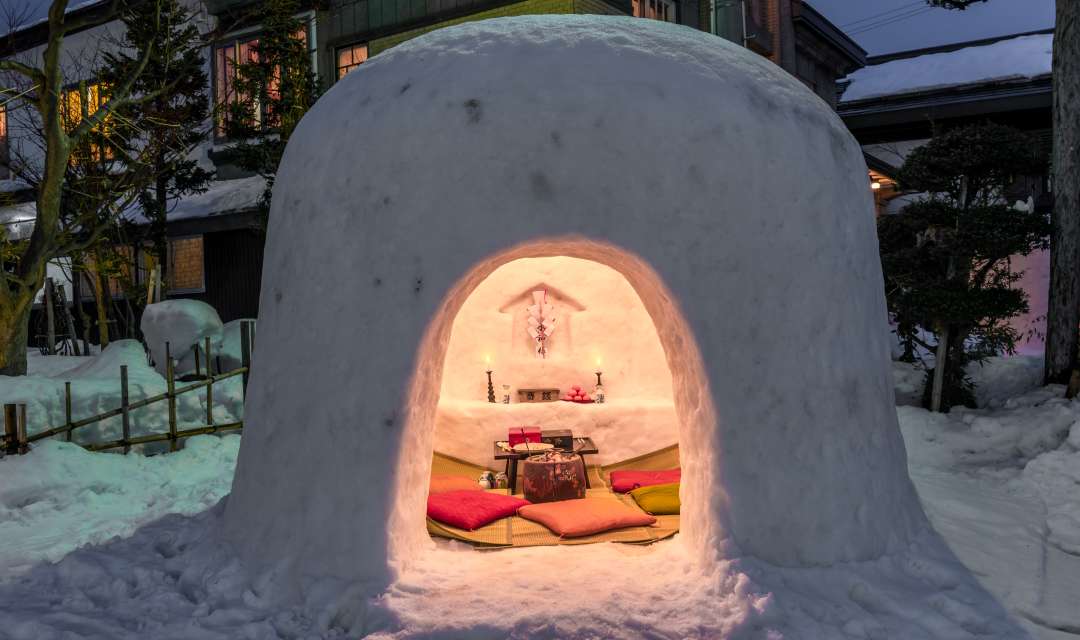
Kamakura (Japanese igloo) festivals are held in snowy regions during winter
The Japanese have come up with creative solutions to their wintertime temperatures. One such solution is the kotatsu, a low heated table skirted with a quilt. It keeps you warm while you sit with your legs tucked under the table. There are cafes all across the country that offer this cozy way to combat the cold.
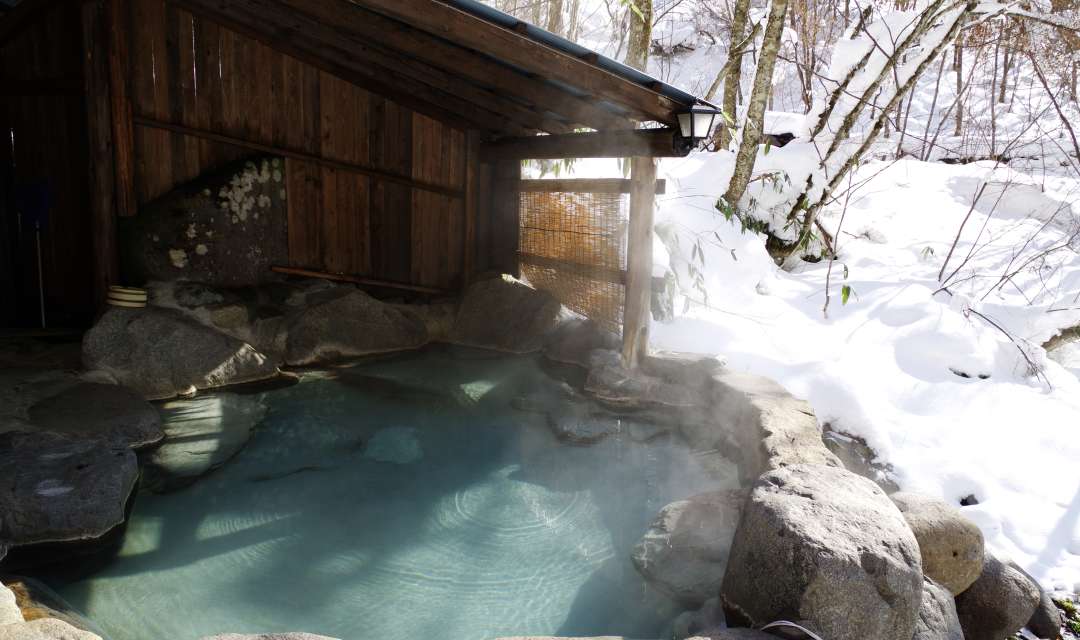
An onsen warms you up for hours, even on the coldest days
Sitting on one of the most geothermally active regions in the world, the Japanese love onsen (hot springs). Taking a bath in winter warms you to the bones, and the effect lasts for hours after you’ve dried off. Hot springs are a bit harder to find in metropolitan centers, but sento (public baths that use heated municipal water instead of spring water) are common, and most hotel bathrooms have a deep tub for travelers to soak in.
After drying off from a bath, the right layers are essential. Thermal clothing that traps the heat in is popular in Japan. Grabbing some underlayers is well worth the small cost upon arrival. A good pair of gloves and a warm hat are essential, too, and many Japanese brands of gloves are tech-friendly, using a special type of material in the finger pads of their gloves that allow touch-screen use. It’s a real blessing while trying to access maps on a windy January night!
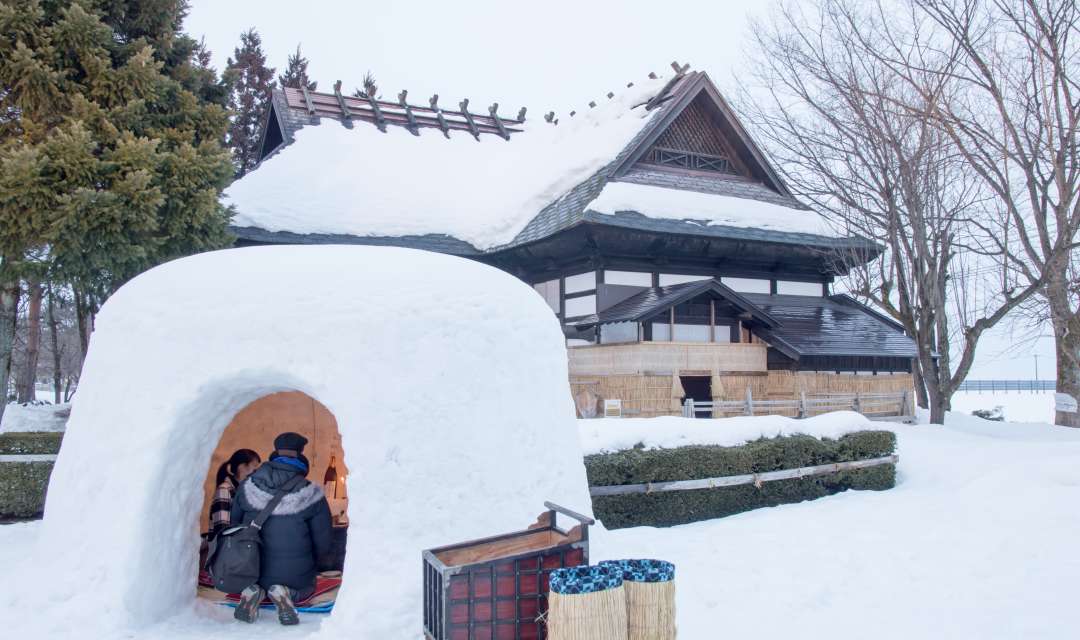
Kamakura fesitvals add fun (and a little shelter) in winter weather
Kairo are portable heating pads designed to slip into your gloves, pockets, or socks to keep you toasty. They are sold in convenience stores everywhere, so you’re never far from a heat fix. Remove it from its packaging and give it a good shake. It begins to warm immediately, providing gentle heat for hours. There are versions available for your hands and your winter boots!
Even if you seek out the colder weather, you'll find plenty of ways to stay warm while you enjoy the snow. Kamakura (Jaoanese igloo) festivals are a popular addition to snowy regions. The igloo provides shelter while you eat warm drinks and grilled foods in the chilly evenings.
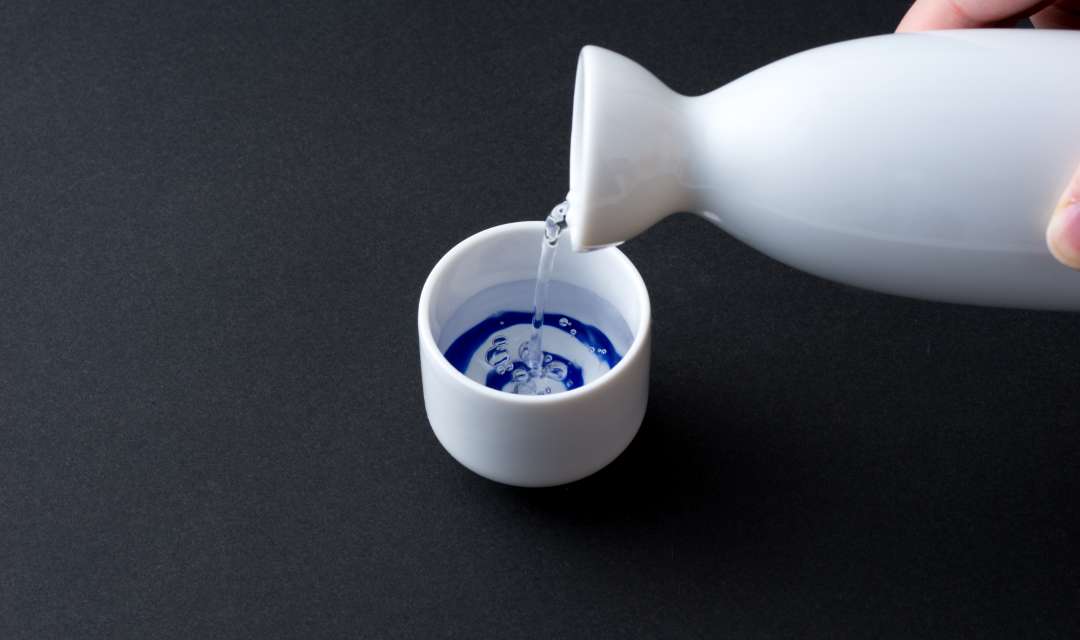
Warm sake is ideal for colder months
Japan’s ubiquitous vending machines offer hot drinks in cold months, with options including cans of espresso, cafe au lait, and vitamin C drinks. They are a great way to warm your hands and your insides. Hot beverages have a red label below them, and cold drinks a blue label.
Train rides have a restorative effect, too. While Japanese homes are often not heated, the trains are always set to “summer heatwave”.
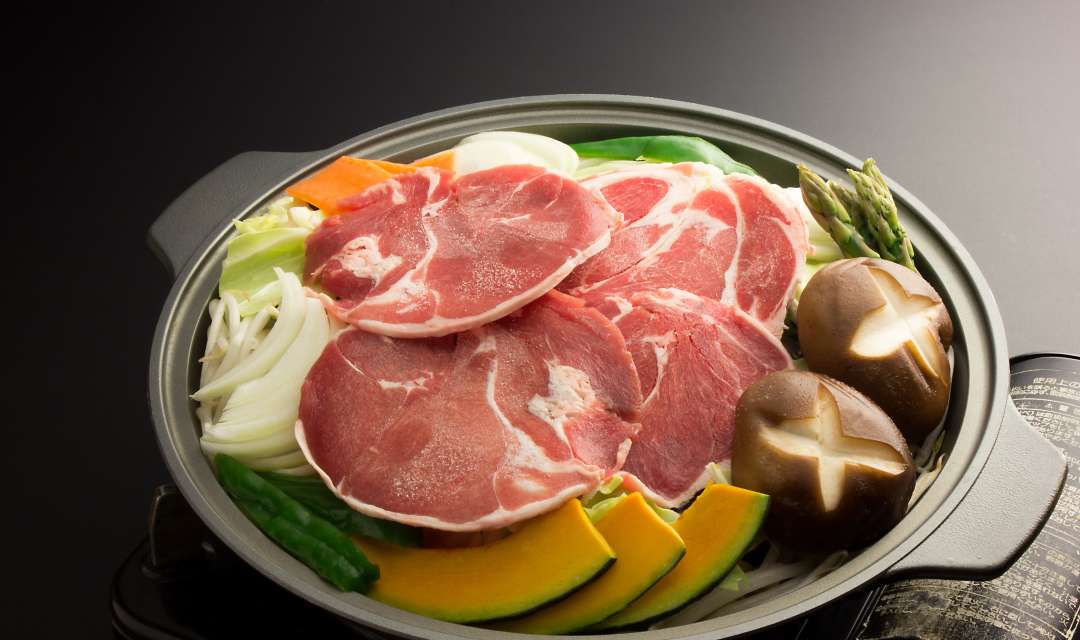
Nabe is the ultimate winter comfort food
Bowls of steaming ramen or roasted kushiyaki (food on skewers, grilled over charcoal) are great winter fare, but look out for nabe, too. This stew of vegetables, tofu, and meat is served in a clay pot simmering above a flame: warming and delicious. To pair with it, join the Japanese in a glass of their favorite winter warmer: hot sake. In summer sake is served cold, but in winter it makes a perfect hot drink. Ask for it at any izakaya or even from convenience stores.
-
About the author
Brock has lived in both the Kansai and Tokyo areas for more than six years, so he has his fair share of sweaty summers under his belt. He’s become an expert in finding some quiet nature to dip into on the weekends, knowing that you have to balance all-you-can-drink karaoke with fresh air.





















































